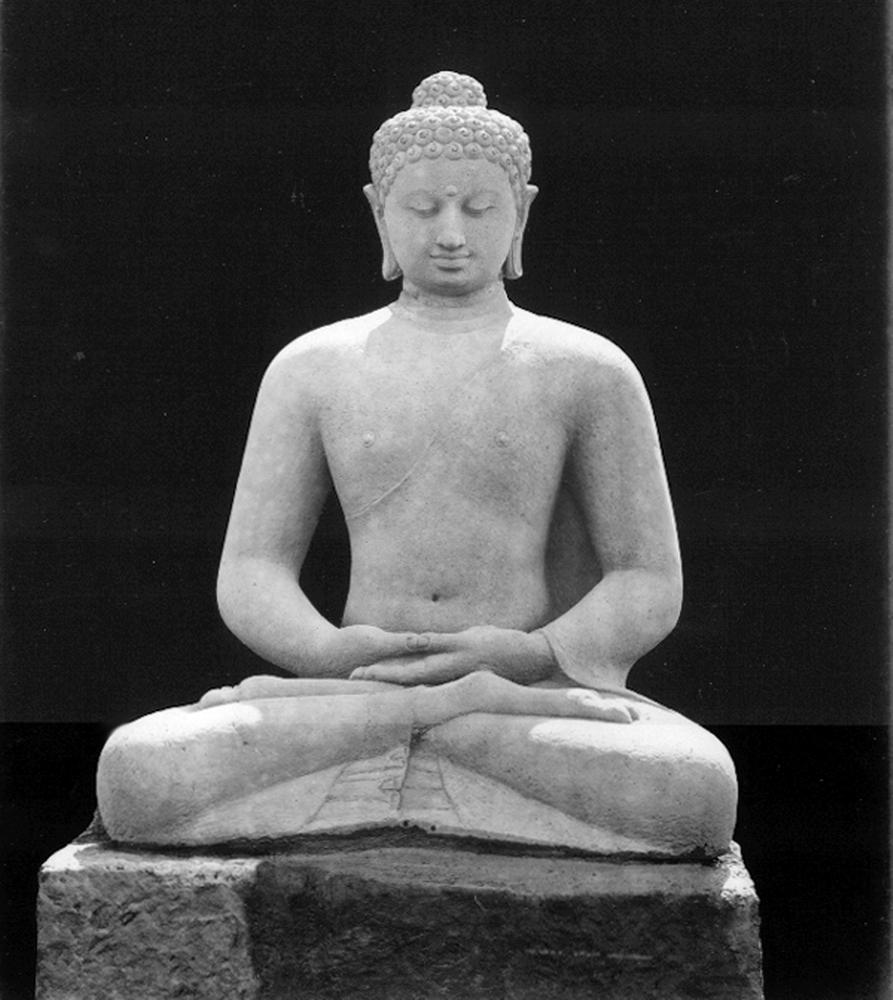Transliterating Sanskrit with Chinese characters is pretty interesting. Here I’ll look at one significant example: how to write “Homage to Amita Buddha” in Traditional Chinese characters.
First up is “homage”, which can also be translated as “bow to” or “take refuge in”. The Sanskrit for this is नमः (namaḥ) or नमो (namo). This is transliterated into Traditional Chinese characters as 南無, the pinyin for which is nā-mó. Note that the pinyin for the two characters taking individually is nán-wú. The literal meaning of the two characters are “south” and “no”, which bears no relationship to the meaning in this context.
Then comes अमिताभ which is generally transliterated in English as “Amitabha”. When I recite Amitabha’s name as a meditation practice, I say “amita bul”, which is my American approximation of the Korean pronunciation (and the “Korean” is really the Sino-Korean pronunciation of the transliterated Sanskrit, if you want to get technical about it).
In traditional Chinese characters Amitabha is spelled out with four characters: 阿彌陀佛. Let’s take these characters one at a time.
阿 (pinyin: ā) is sometimes used in Chinese to express familiarity or kinship, but it is also used to transliterate foreign words that start with the sound of “ah”, including country names like Albania (阿爾巴尼亞) and Afghanistan (阿富汗). Here it is used to transliterate the Sanskrit vowel अ. It is also found in the Heart Sutra as part of another transliteration: 阿耨多羅, for anuttarā, which in turn is just part of anuttarā-samyak-saṃbodhi (अनुत्तर सम्यक् सम्बॊधि), which means “unexcelled perfect enlightenment”.
彌 (pinyin: mí) in Chinese means “all the more” or “increasingly”, but in this context it is just being used to transliterate the Sanskrit मि (mi).
陀 (pinyin: tuó) is used to transliterate (rather poorly) the Sanskrit syllable ता (tā).
Finally, there is the standard character for Buddha: 佛 (pinyin: fó), which is not a transliteration in this case.
Depending upon whether or not you are Chinese (and then it depends on what part of China, of course!), or Japanese, or Korean, or Vietnamese, or American, etc, exactly how you (mis?) pronounce it will vary a great deal!


Very nice and clean. Thank you for teaching us.
Thank you for your comment. It’s my first comment on this new blog!